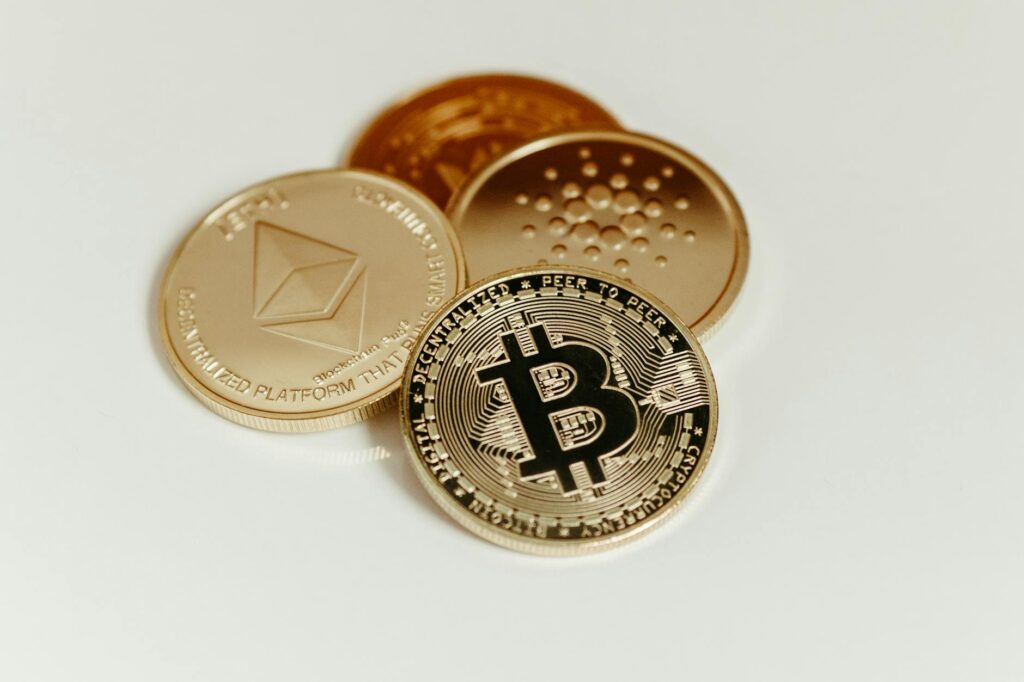Welcome to the world of Cardano (ADA), a cryptocurrency that’s making waves in the blockchain space. This comprehensive guide dives into the key aspects of this innovative platform, exploring its features, technology, and potential.
Understanding Cardano’s Core Technology

Cardano distinguishes itself through its unique approach to blockchain development. Built using a layered architecture, it separates the settlement layer (responsible for transaction processing) from the computation layer (supporting smart contracts). This separation enhances scalability and flexibility. The Ouroboros proof-of-stake consensus mechanism contributes to Cardano’s energy efficiency and security.
ADA: The Native Cryptocurrency
ADA is the native cryptocurrency of the Cardano network. It’s used for transaction fees, staking rewards, and participation in the governance of the platform. Understanding the role of ADA is essential for anyone involved in the Cardano ecosystem. The total supply of ADA is capped, which contributes to its perceived scarcity. You can learn more about ADA’s tokenomics here.
Decentralization and Governance
Cardano is committed to a decentralized and community-driven approach to governance. Stakeholders can participate in decision-making processes affecting the network’s future development. This democratic approach ensures that Cardano evolves based on the needs and preferences of its community. Learn more about the Cardano Improvement Proposals (CIPs) here.
Smart Contracts and DApps
Cardano’s smart contract functionality, powered by its Plutus platform, enables the development of decentralized applications (dApps). These dApps can range from decentralized finance (DeFi) applications to supply chain management systems. The secure and scalable nature of Cardano’s architecture makes it an attractive platform for building innovative dApps. Explore some of the exciting projects being built on Cardano here.
The Future of Cardano

Cardano is continually evolving, with ongoing development and improvements focused on enhancing scalability, interoperability, and user experience. Its dedication to research and peer review sets it apart in the crypto world. The team behind Cardano actively seeks collaborations with researchers and developers to drive innovation. For more on the Cardano roadmap click here.
Conclusion
Cardano offers a compelling blend of technological innovation, community focus, and a robust ecosystem. Its commitment to rigorous research and sustainable development positions it for long-term growth and potential. With its unique features and potential, Cardano is an exciting platform to watch in the future of blockchain technology. Check out the official Cardano website here for more information.
Frequently Asked Questions
What is Cardano’s consensus mechanism? Cardano utilizes the Ouroboros proof-of-stake algorithm, known for its energy efficiency and security.
What are the use cases for ADA? ADA is used for transaction fees, staking rewards, and participation in network governance.
How can I participate in Cardano’s governance? By staking your ADA tokens, you can actively participate in the Cardano ecosystem’s governance.
What is Plutus? Plutus is the smart contract platform built on Cardano, enabling the development of decentralized applications.
What makes Cardano different from other blockchains? Cardano’s layered architecture, peer-reviewed research, and commitment to decentralization distinguish it from other blockchain networks.




